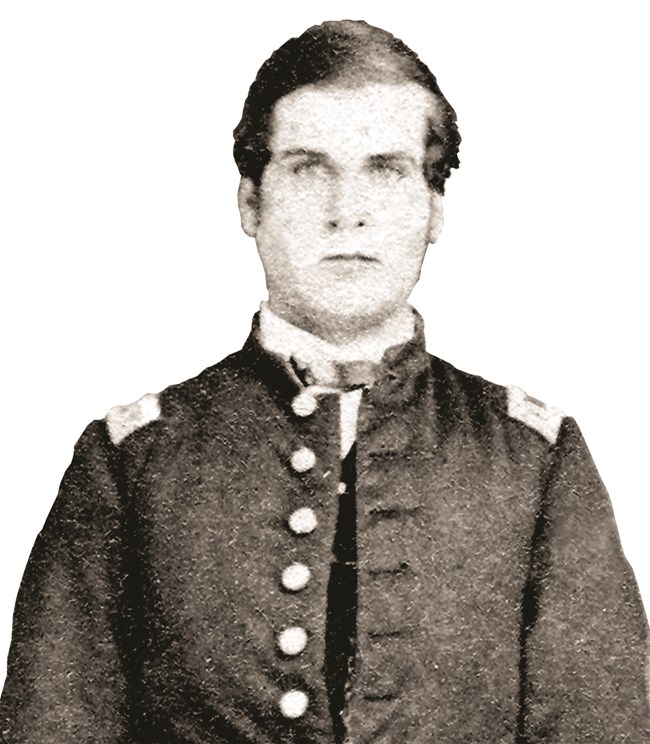Stop 8 - Artillery RidgeThis ridge line was used by the artillery of both sides. Early in the battle two Confederate batteries held this ground and used it to hold Burnside’s men at bay. Capt. Benjamin Franklin Eshleman’s and Capt. John Richardson’s batteries each had four smoothbore cannons and were both part of the famous Washington Artillery of New Orleans. Eshleman pulled out at noon to move south and cover Snavelys Ford. Richardson moved west to higher ground at 1:00 p.m. firing at the advancing 9th Corps and dueling with the Union artillery that then took position here. 
NPS Photo 
NPS Antietam Final Stop - The McKinley Monument - Soldier, Statesman and MartyrOhioan William McKinley survived the Civil War, only to be killed by an assassin’s bullet while serving as the nation’s 24th President. |
Last updated: November 27, 2023
